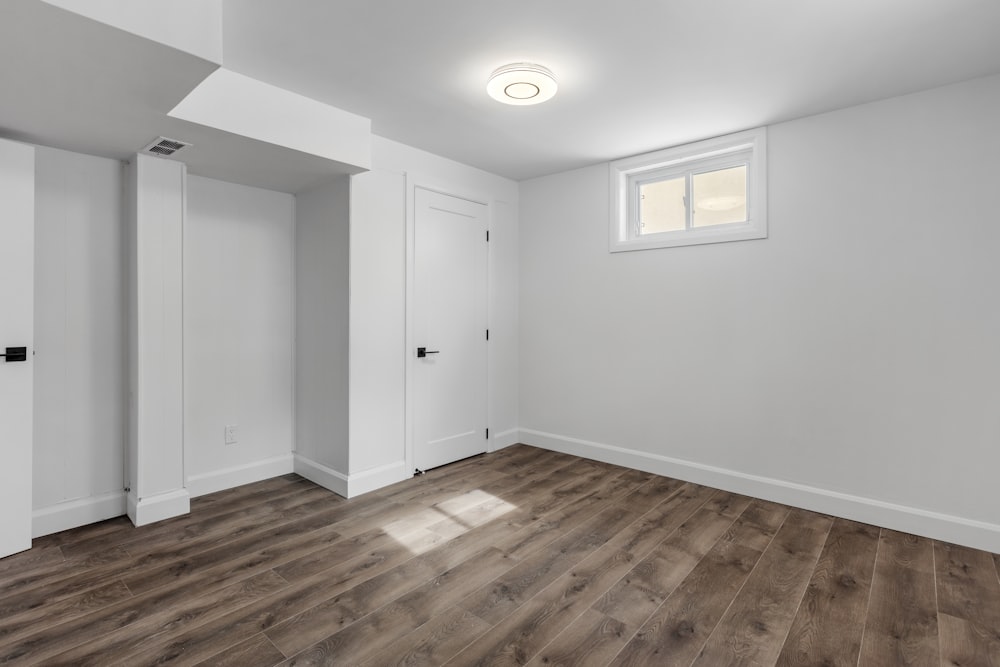
Maximizing Sunshine: Unleashing the Power of Natural Light
Natural light optimization has emerged as a key principle in architectural and interior design, transforming spaces into well-lit, energy-efficient environments that promote well-being. From strategic window placements to innovative reflective surfaces, the quest to harness natural light is shaping the way we approach the design and functionality of buildings.
The Importance of Natural Light:
Natural light is not just a source of illumination; it has a profound impact on our physical and mental well-being. Exposure to natural light regulates circadian rhythms, improves mood, and enhances productivity. Therefore, the strategic incorporation of natural light into spaces is a fundamental consideration in modern design.
Strategic Window Placements:
One of the primary strategies for natural light optimization is the strategic placement of windows. Architects carefully consider the orientation of a building and the path of the sun to position windows where they can capture the maximum amount of sunlight throughout the day. This thoughtful approach not only enhances interior lighting but also minimizes the need for artificial lighting during daylight hours.
Light-Reflective Surfaces:
Integrating light-reflective surfaces within a space amplifies the effects of natural light. Mirrors, glossy finishes, and light-colored materials bounce and distribute sunlight, creating a brighter and more expansive feel. This technique is particularly effective in smaller or darker spaces, where the reflective surfaces can enhance the perception of natural light.
Open Floor Plans and Glass Partitions:
The trend towards open floor plans and glass partitions is not merely an aesthetic choice but a deliberate strategy for maximizing natural light. Removing barriers and incorporating transparent elements allow sunlight to penetrate deeper into the interior, creating a sense of openness and connectivity with the outdoors.
Skylights and Clerestory Windows:
Skylights and clerestory windows are architectural elements designed to capture sunlight from above. Skylights, positioned in the roof, bring in direct sunlight, while clerestory windows, located high on walls, allow for indirect sunlight penetration. These features not only provide natural light but also add visual interest to the architectural design.
Automated Shading Systems:
While maximizing natural light is crucial, there are times when glare or excessive heat needs to be managed. Automated shading systems, equipped with light sensors, can adjust window coverings based on the intensity of sunlight. This dynamic control ensures optimal lighting conditions while preventing discomfort from glare.
Biophilic Design Principles:
Natural light optimization aligns seamlessly with biophilic design principles, which emphasize the connection between humans and nature in the built environment. Incorporating elements such as large windows, views of greenery, and natural materials fosters a sense of well-being and connection to the outdoors.
Energy Efficiency and Sustainability:
Beyond the human-centric benefits, natural light optimization contributes to energy efficiency and sustainability. By reducing the reliance on artificial lighting during the day, buildings can lower energy consumption. This not only translates to cost savings but also aligns with the broader goal of creating environmentally responsible structures.
Well-Lit Workspaces:
In the context of workplaces, natural light optimization is increasingly recognized as a contributor to employee well-being and productivity. Offices designed with ample natural light report higher levels of job satisfaction and lower instances of eyestrain and fatigue. Providing employees with well-lit workspaces is an investment in both their health and the overall efficiency of the organization.
Natural Light Optimization at BusinessInc:
At BusinessInc, we prioritize natural light optimization in our office spaces. Our commitment to creating bright, energizing work environments is reflected in the strategic layout, extensive use of windows, and innovative design features that maximize the benefits of natural light. Explore our office design philosophy on our website.
Embracing the Sun: A Bright Future for Design:
As we continue to recognize the multifaceted benefits of natural light, the integration of these principles into design will likely become more prevalent. Architects, designers, and homeowners alike are embracing the sun, not just as a functional light source but as a central element in creating spaces that enhance well-being, energy efficiency, and aesthetic appeal.
In conclusion, natural light optimization is a design philosophy that goes beyond aesthetics. It is a strategic and holistic approach to creating spaces that prioritize the well-being of occupants, minimize environmental impact, and embrace the transformative power of sunlight.

